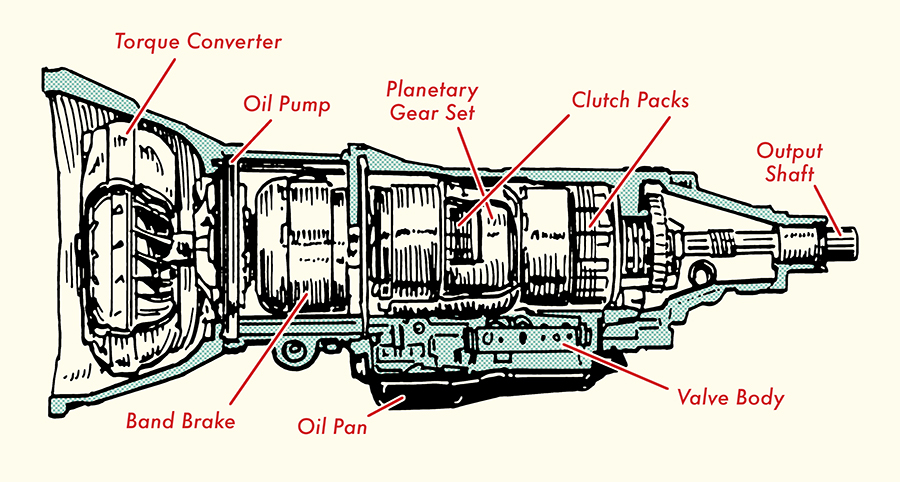When it comes to vehicles, the term “automatic transmission” is often heard but not always understood. In this article, we will break down the meaning of automatic transmission, how it works, and its advantages and disadvantages in a straightforward manner.
What is Automatic Transmission?
An automatic transmission is a type of vehicle transmission that automatically changes the gear ratio as the vehicle moves, allowing the driver to focus on driving without needing to manually shift gears. This is in contrast to a manual transmission, where the driver has to operate the clutch and gear stick to change gears.
How Does Automatic Transmission Work?
The operation of an automatic transmission is based on a complex system of components that work together to provide smooth gear shifts. Here’s a simple breakdown of how it functions:
- Torque Converter: This component replaces the clutch found in manual transmissions. It uses fluid to transfer power from the engine to the transmission, allowing the vehicle to move without stalling.
- Planetary Gear Set: The heart of the automatic transmission, this gear set provides different gear ratios. It consists of gears that rotate around one another (the sun gear, planet gears, and ring gear).
- Hydraulic System: The system uses hydraulic fluid to control the engagement and disengagement of gears. It allows for precise shifts based on vehicle speed and engine load.
- Control Module: This electronic system monitors various parameters, such as speed and throttle input, to determine the optimal time to shift gears automatically.
Advantages of Automatic Transmission
Automatic transmissions come with several benefits that make them popular among drivers:
- Ease of Use: Automatic transmissions are user-friendly, making them ideal for drivers who prefer not to deal with manual gear shifting.
- Convenience in Traffic: Stop-and-go traffic becomes less stressful without the need to constantly shift gears.
- Consistent Performance: Automatic transmissions can provide smoother shifts and better performance in various driving conditions.
- Fuel Efficiency: Modern automatic transmissions have improved significantly in fuel efficiency, sometimes matching or exceeding that of manual transmissions.
Disadvantages of Automatic Transmission
While there are many advantages, automatic transmissions also have some downsides to consider:
- Cost: Vehicles with automatic transmissions tend to be more expensive than their manual counterparts due to the complexity of the system.
- Maintenance: Automatic transmissions can require more maintenance and repairs, which can be costly.
- Less Control: Some drivers prefer the control that comes with a manual transmission, especially in performance driving situations.
Types of Automatic Transmissions
There are several types of automatic transmissions available in modern vehicles:
- Traditional Automatic: Uses a torque converter and planetary gears, providing smooth shifts.
- Continuously Variable Transmission (CVT): Uses a belt and pulley system to provide an infinite number of gear ratios, offering optimal engine performance.
- Dual-Clutch Transmission (DCT): Combines the best of both manual and automatic systems, allowing for quick shifts with two clutches.
Whether you are a new driver or looking to upgrade your vehicle, knowing the basics of automatic transmission will enhance your driving experience.
For those who appreciate driving, consider test-driving both automatic and manual transmission vehicles to discover which type feels right for you!

